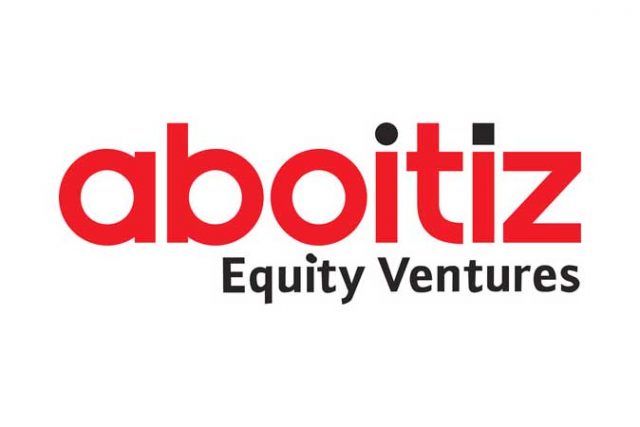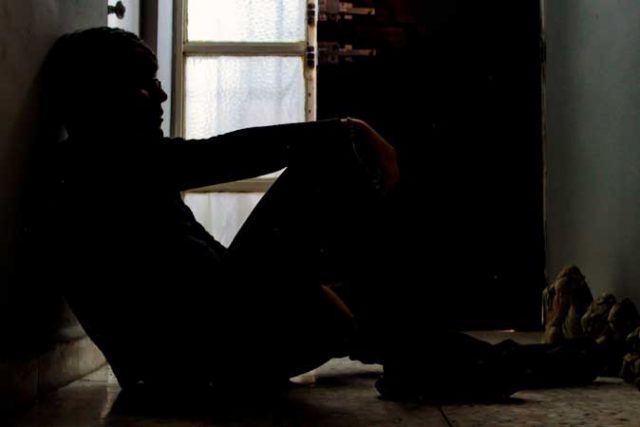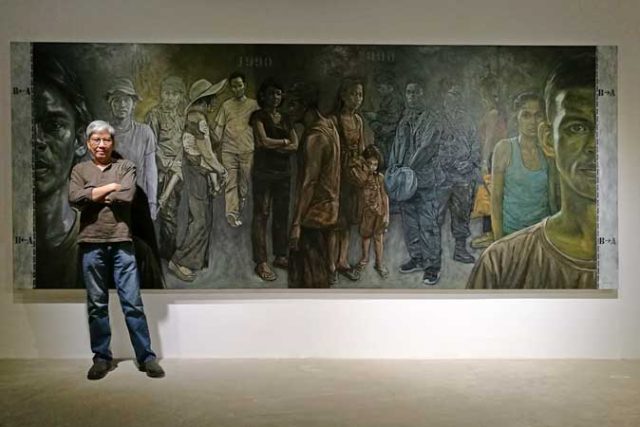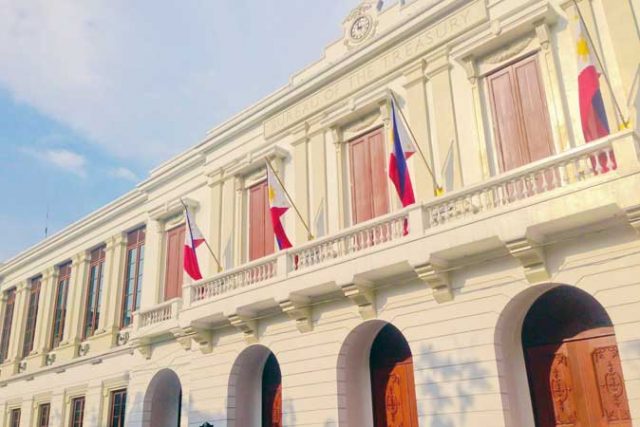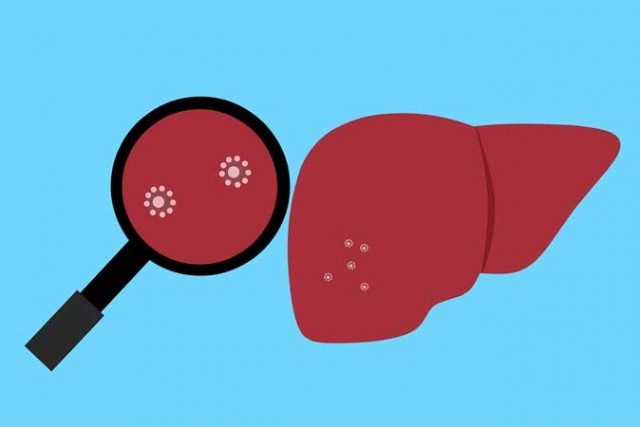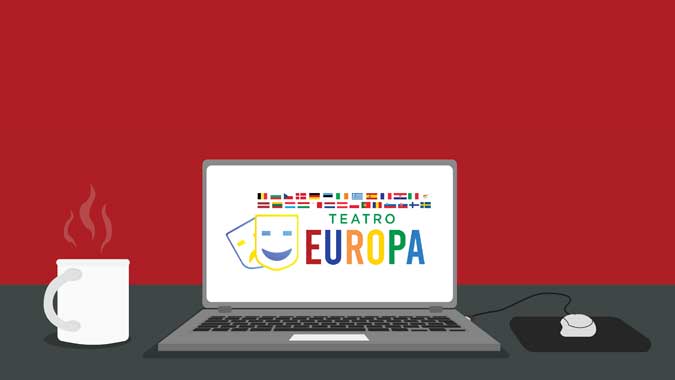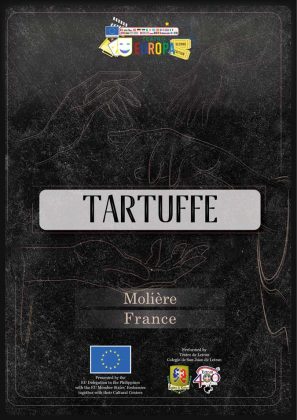Art in the Park’s special exhibits
A CHRONICLING of the Filipino story, exploring self-portraits, and transforming new spaces are the focus of three featured artists in this year’s “Art in the Park Online 2021: Special Edition.”
For its 15th anniversary special edition, Art in the Park online (www.artinthepark.ph) is featuring over 10,000 artworks from 62 galleries, four special exhibits, and a variety of special online activities until Aug. 1.
A PEOPLE’S STORY
Throughout his long career — he has been making art since the 1970s — social realist painter Antipas Delotavo has been inspired by history and current events. Most of the images he creates are derived from photographs he has taken, videos and images on social media showing people’s daily lives, as well as his interactions with people in the streets.
“For an artist, everything in this world is fair game when it comes to choosing subjects. Some are moved to paint something they can relate to, be it aesthetic or philosophical, pleasant or unpleasant, to inspire them,” Mr. Delotavo said in an e-mail to BusinessWorld.
“In our country, the latter just overwhelms me. The artistic possibilities are also endless for a social realist; there are landscapes, human figures, still lives, abstract forms, etc. that I can incorporate in my work. The bottom-line is always art,” he added.
For this edition of “Art in the Park” online, Mr. Delotavo presents a special exhibit called Gridlock, depicting the Filipino and his societal burden through seven collages of nameless citizens who contribute to the nation.
“In art, a grid is a series of lines commonly used in drawing that form squares in a confined space. It seems our political, economic, social life is in a standstill. We are trapped in a grid. The pandemic just intensified it during the lockdowns,” Mr. Delotavo said.
“It’s important that you believe that you are the conscience and soul of society, that you are doing something noble other than what pleases the art market,” he added.
SELF-PORTRAITS IN THREADWORK
Eugenia “Ginny” Alcaide first ventured into using embroidery in her art during her third year as a student of Fine Arts at the University of the Philippines.
“My class was given an interesting assignment: create a portrait with just one continuous, unbroken line,” Ms. Alcaide said in an e-mail. She knew that the work she wanted to make would be “difficult to achieve… with the physical limitations of paint.”
The granddaughter of a seamstress, Ms. Alcaide inherited her knowledge on stitching.
“My very first thread portrait was made for that class, and I have been trying to push the boundaries of this material and myself as an artist ever since,” she said.
After a stint as a graphic designer, Ms. Alcaide focused on fine arts full-time in 2010.
When she is working on a portrait, Ms. Alcaide noted that she works with reference photographs, with the subject evolving as her piece progresses, with the final image moving away from its reference and towards the faces of people around her.
“I do not stitch on cloth,” Ms. Alcaide clarified, preferring to work on silkscreen, adding that she seeks to explore “the idea of layers” which she described as “different and distinct, yet interconnected planes of design that just aren’t possible with opaque fabrics.”
“I stitch on silkscreen. I have found this material to not only possess the transparency required for the effect, but also a light-catching sheen that adds a mysterious brilliance to the finished pieces,” she said.
For the special edition of Art in the Park online, Ms. Alcaide focuses on self-portraits in the collection, “Adrift,” where she weaves “compositions of doubt, despair, and desolation” in striking colors of gold, orange, blue, and black.
“This is the only way I know to show the world how I see myself. And beyond the external image, I wanted to vivify how I feel,” she said.
The time in lockdown affected her creativity. “The feeling of isolation, and that unwavering, creeping sense of desperation affected me greatly… Relating this to my work, there is a definite and sudden exploration of color in the Art in the Park 2021 pieces that was not present before,” she said,
MELTING MIRRORS
Sculptor, painter, installation artist, and designer Leeroy New moves to the digital space with “Iris,” mirror sculptures which were constructed during the lockdown when he received requests to construct mirror sculptures with melting frames.
“These mirrors appeared as portals like openings to other worlds or dimensions and the melting frame was kind of like the dissolution the physical reality that we’re currently inhabiting,” Mr. New said in a press interview via Zoom.
Aside from holding the online exhibit of his mirror pieces, Mr. New also makes his first foray into augmented reality (AR) with Aliens of Manila, headpieces made of plastic containers that can be used as an Instagram filter for the duration of the online art fair.
“I’ve always been open to exploring how my works can translate into the virtual realm…,” Mr. New said. “So, it’s really just a natural progression for me to be able to harness technology for us to be able to give other forms to the work that we do and reach a different audience that would not be able to experience our work in the traditional ways.”
GODDESS IN THE PARK
The fourth exhibit is also by Mr. New — a scaled down installation of his work Mebuyan Vessel Polyp at Art in the Park’s home base, Jaime Velasquez Park in Makati, for the duration of the online fair. The public art installation serves as a sneak peek of the full installation which will be mounted in La Union later this year. The piece will be Mr. New’s entry for the online edition of Burning Man 2021 in August.
The installation is inspired from Mebuyan, the breast-covered goddess from Bagobo mythology, who is the mother who nourishes the infants and children in the underworld.
The original installation is likened to isolation pods or “a womb” constructed in varying sizes and connected by bridgeways.
In the future, Mr. New said that he would like to focus more on working in a sustainable manner.
“I realized from my collaboration with other people [that] they respond more positively to the fact that I focus on using discards,” Mr. New said, adding that he hopes to utilize at least 90% discarded materials in his future projects.
For more information, visit www.artinthepark.ph and follow www.facebook/artinthepark and @artintheparkph on Instagram. — Michelle Anne P. Soliman

